The quest for lower body strength and muscular development often leads fitness enthusiasts to explore various training modalities. Among these, the belt squat machine has emerged as a versatile and effective tool for targeting the quadriceps, hamstrings, glutes, and even the core. Whether you're a seasoned lifter or a beginner aiming to enhance your leg workouts, understanding how to use a belt squat machine can elevate your training regimen. This article delves into the intricacies of the belt squat machine, offering step-by-step guidance, benefits, tips, and common mistakes to avoid.
What is a Belt Squat Machine?
The belt squat machine is a piece of strength training equipment designed to mimic the squat movement without loading the spine. Unlike traditional barbell squats, which place significant stress on the lower back and spine, belt squats distribute the weight around the hips using a supportive belt. This allows for heavy lower body training while minimizing spinal compression, making it an excellent alternative for individuals with back issues or those looking to diversify their squat variations.
Key Components of a Belt Squat Machine
- Belt System: A padded belt that wraps around the hips to secure the weight.
- Weight Stack or Plate Holders: Depending on the machine, weights can be loaded using a stack or individual plates.
- Frame and Support: Provides stability and support during the exercise.
- Foot Platform: Where the user stands, allowing for proper squat mechanics.
Benefits of Using a Belt Squat Machine
- Spinal Safety: By eliminating the barbell from the shoulders, belt squats reduce spinal loading, making them safer for individuals with back concerns.
- Isolated Lower Body Training: Focuses intensely on the quadriceps, hamstrings, and glutes without the involvement of the upper body.
- Increased Load Capacity: Allows lifters to handle heavier weights compared to traditional squats since the upper body isn't involved in holding the weight.
- Improved Squat Mechanics: Encourages proper squat form by minimizing upper body strain, aiding in better muscle activation.
- Versatility: Suitable for various fitness levels and can be integrated into different training programs, including strength, hypertrophy, and rehabilitation.
How to Use a Belt Squat Machine: Step-by-Step Guide
1. Adjust the Machine to Your Specifications
Before starting, ensure the machine is set up to accommodate your body size and desired weight:
- Height Adjustment: Set the height of the belt so that when you stand, the belt sits comfortably on your hips.
- Weight Selection: Choose an appropriate weight stack or load the desired plates, ensuring they are securely fastened.
2. Position Yourself Correctly
- Stand on the Foot Platform: Place your feet shoulder-width apart on the designated platform, toes pointing slightly outward.
- Secure the Belt: Step forward and loop the padded belt around your hips. Tighten it snugly to prevent any movement during the exercise.
- Grip Handles (if available): Some machines come with handles for added stability. Hold them lightly if needed.
3. Assume the Proper Squat Stance
- Posture: Keep your chest up, shoulders back, and maintain a neutral spine throughout the movement.
- Knees and Toes Alignment: Ensure your knees track over your toes to prevent undue stress on the joints.
4. Execute the Squat
- Descent: Slowly bend at the hips and knees, lowering your body as if performing a traditional squat. Aim to lower until your thighs are at least parallel to the ground.
- Depth Control: Adjust the depth based on your flexibility and strength levels. Avoid going too low if it compromises your form.
- Ascent: Push through your heels to return to the starting position, fully extending your hips and knees.
5. Repeat for Desired Repetitions
Perform the exercise for your target number of sets and reps, maintaining controlled movements and proper form throughout.
Tips for Maximizing Your Belt Squat Workouts
- Start with Moderate Weights: If you're new to belt squats, begin with lighter weights to master the form before progressing.
- Maintain Proper Form: Focus on keeping your back straight, chest lifted, and knees aligned with your toes to maximize effectiveness and reduce injury risk.
- Control Your Tempo: Avoid rapid, jerky movements. Instead, perform the squat in a slow and controlled manner to enhance muscle engagement.
- Breathe Correctly: Inhale during the descent and exhale as you ascend, maintaining a steady breathing pattern.
- Incorporate Variations: Experiment with different foot stances or add pauses at the bottom of the squat to challenge your muscles differently.
Common Mistakes to Avoid
- Incorrect Belt Placement: Placing the belt too high or too low can lead to discomfort and improper weight distribution. Ensure it's securely positioned around the hips.
- Rounding the Back: Maintaining a neutral spine is crucial. Avoid leaning forward excessively, which can strain the lower back.
- Knee Valgus: Letting the knees cave inward during the squat can increase the risk of injury. Keep them aligned with your toes.
- Using Momentum: Relying on momentum rather than muscle strength diminishes the exercise's effectiveness. Focus on controlled movements.
- Neglecting Warm-Up: Always warm up adequately to prepare your muscles and joints, reducing the likelihood of strains or injuries.
Integrating Belt Squats into Your Training Program
Belt squats can complement various training routines, whether you're focusing on strength, hypertrophy, or athletic performance. Here's how to incorporate them effectively:
- Strength Training: Use heavier weights with lower repetitions (3-5 reps) to build maximal strength in the lower body.
- Hypertrophy: Opt for moderate weights with higher repetitions (8-12 reps) to promote muscle growth.
- Accessory Work: Include belt squats as an accessory exercise alongside traditional squats and deadlifts to target specific muscle groups.
- Rehabilitation: For individuals recovering from back injuries, belt squats provide a safer alternative to maintain lower body strength without stressing the spine.
Conclusion
The belt squat machine is a valuable addition to any strength training arsenal, offering a unique way to develop lower body power while safeguarding the spine. By understanding its benefits, mastering proper usage techniques, and integrating it thoughtfully into your workouts, you can achieve significant gains in muscle strength and hypertrophy. Whether you're aiming to enhance your athletic performance, diversify your training routine, or address specific fitness needs, the belt squat machine provides a versatile and effective solution for achieving your goals.
Frequently Asked Questions (FAQs)
1. Who can benefit from using a belt squat machine? Individuals of all fitness levels, including those with back issues, can benefit from belt squats. Athletes, bodybuilders, and anyone looking to enhance lower body strength may find it particularly useful.
2. How does a belt squat differ from a traditional squat? Unlike traditional squats that load the spine with a barbell, belt squats distribute the weight around the hips, reducing spinal compression and allowing for focused lower body training.
3. Can belt squats help improve my traditional squat performance? Yes, belt squats can strengthen the muscles involved in squatting, potentially enhancing your traditional squat performance by increasing lower body strength and stability.
4. Are there different types of belt squat machines? Yes, there are various designs, including plate-loaded and stack-based machines, each offering unique features to cater to different training preferences.
5. How often should I include belt squats in my workout routine? Incorporating belt squats 1-2 times per week, depending on your training split and goals, can effectively contribute to lower body development without overtraining.
By embracing the belt squat machine and applying the insights shared in this guide, you can unlock new levels of lower body strength and achieve a balanced, resilient physique. Happy squatting!

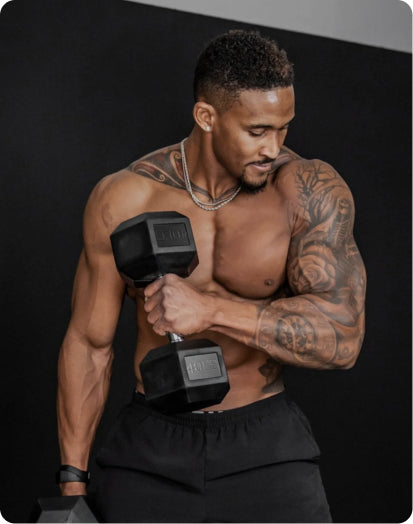
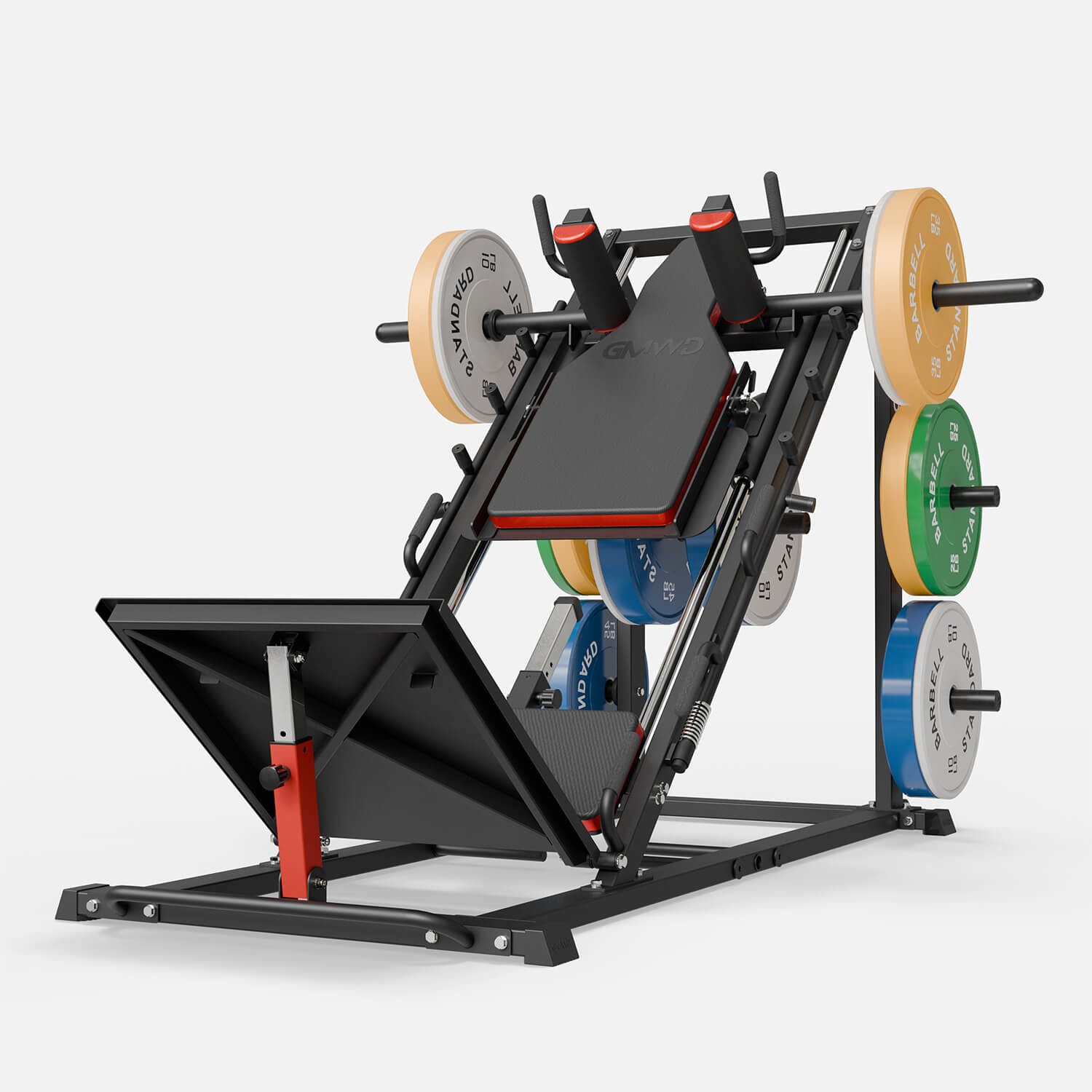
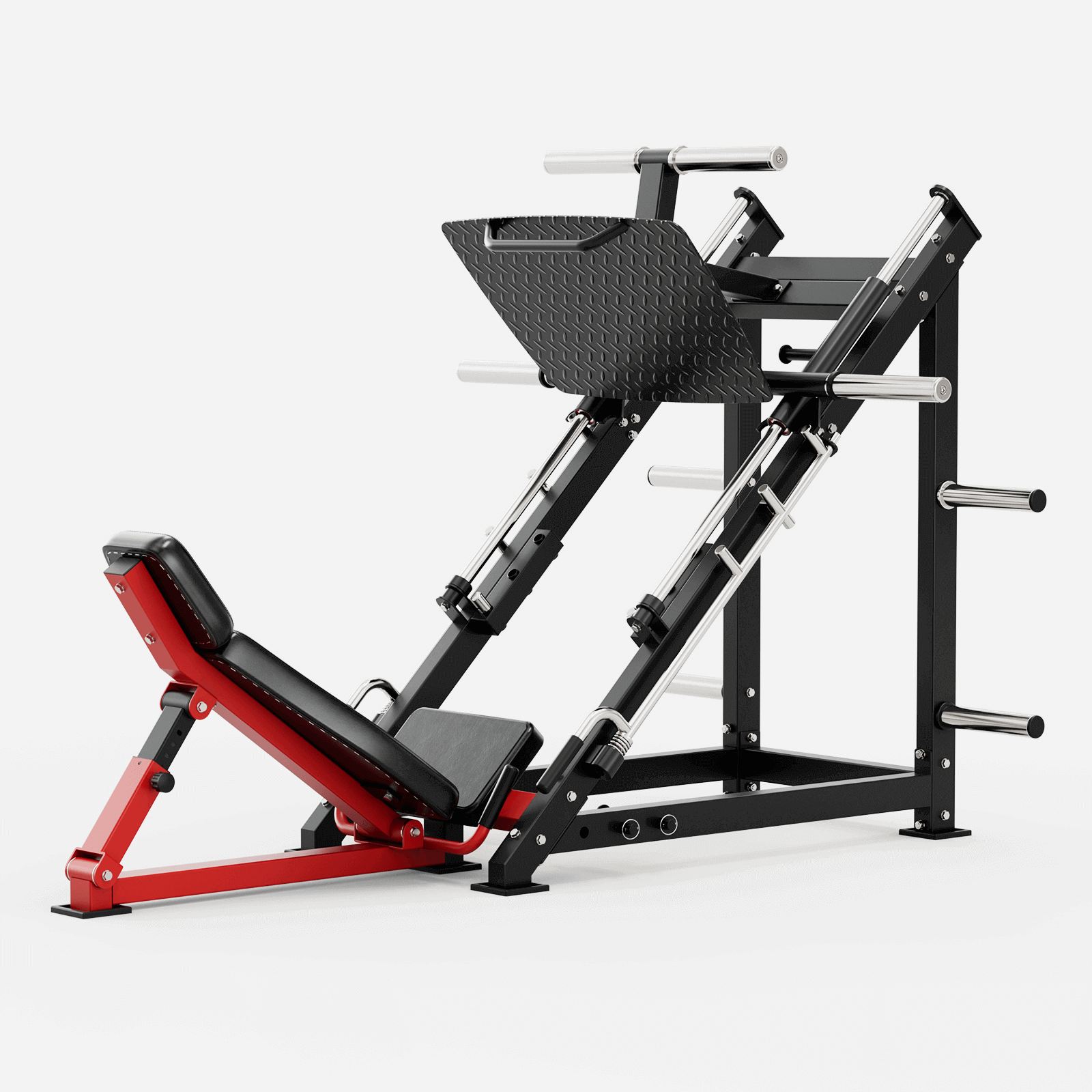
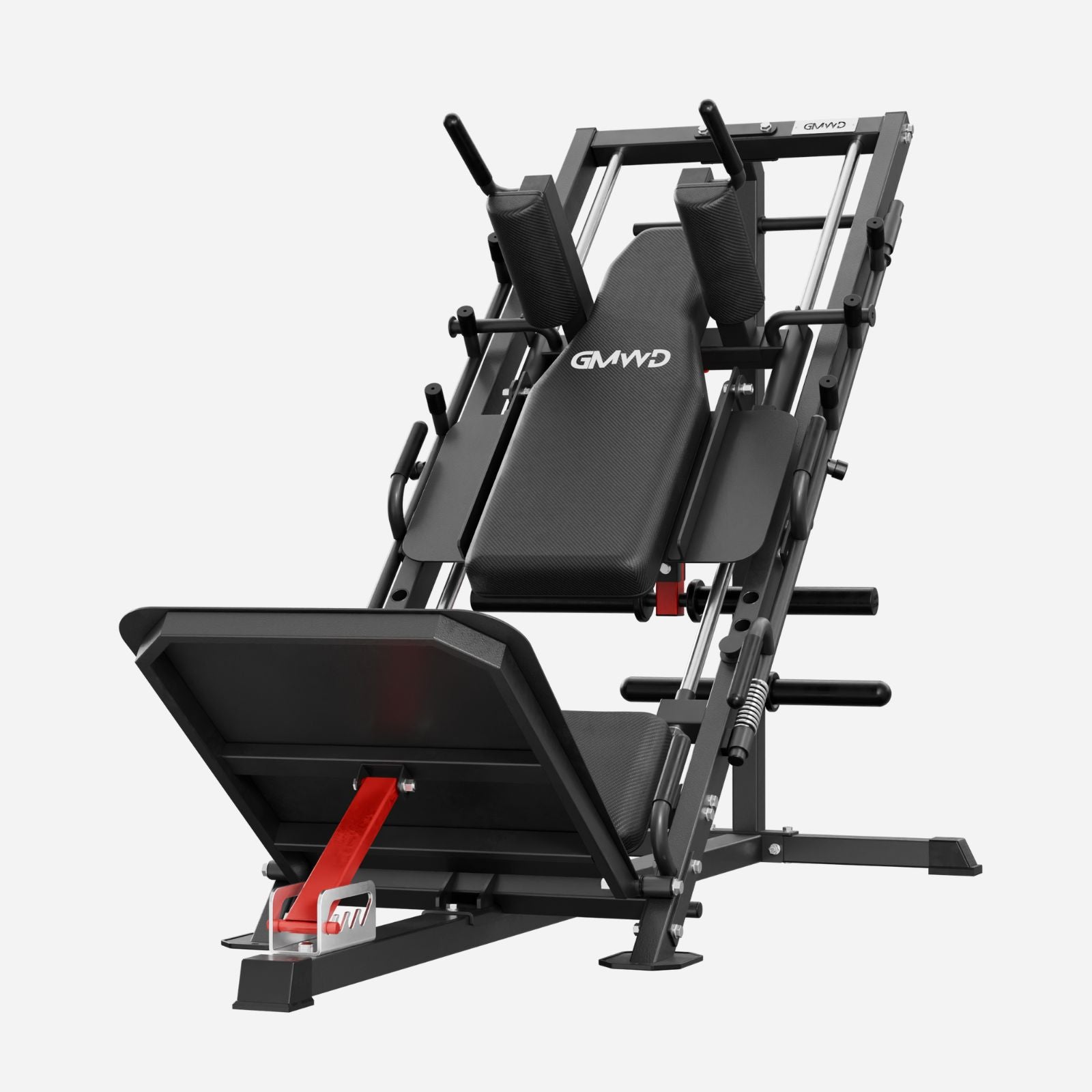
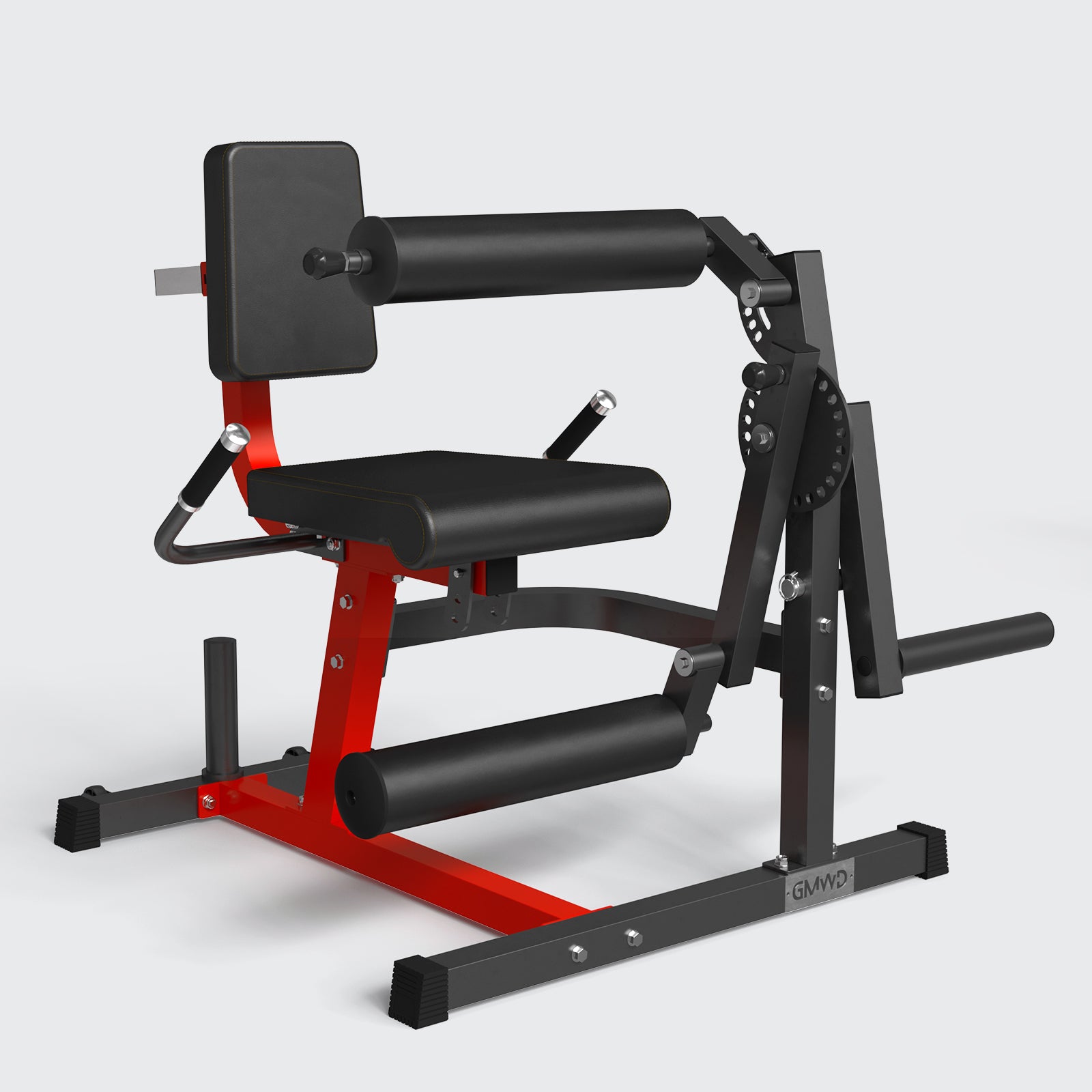
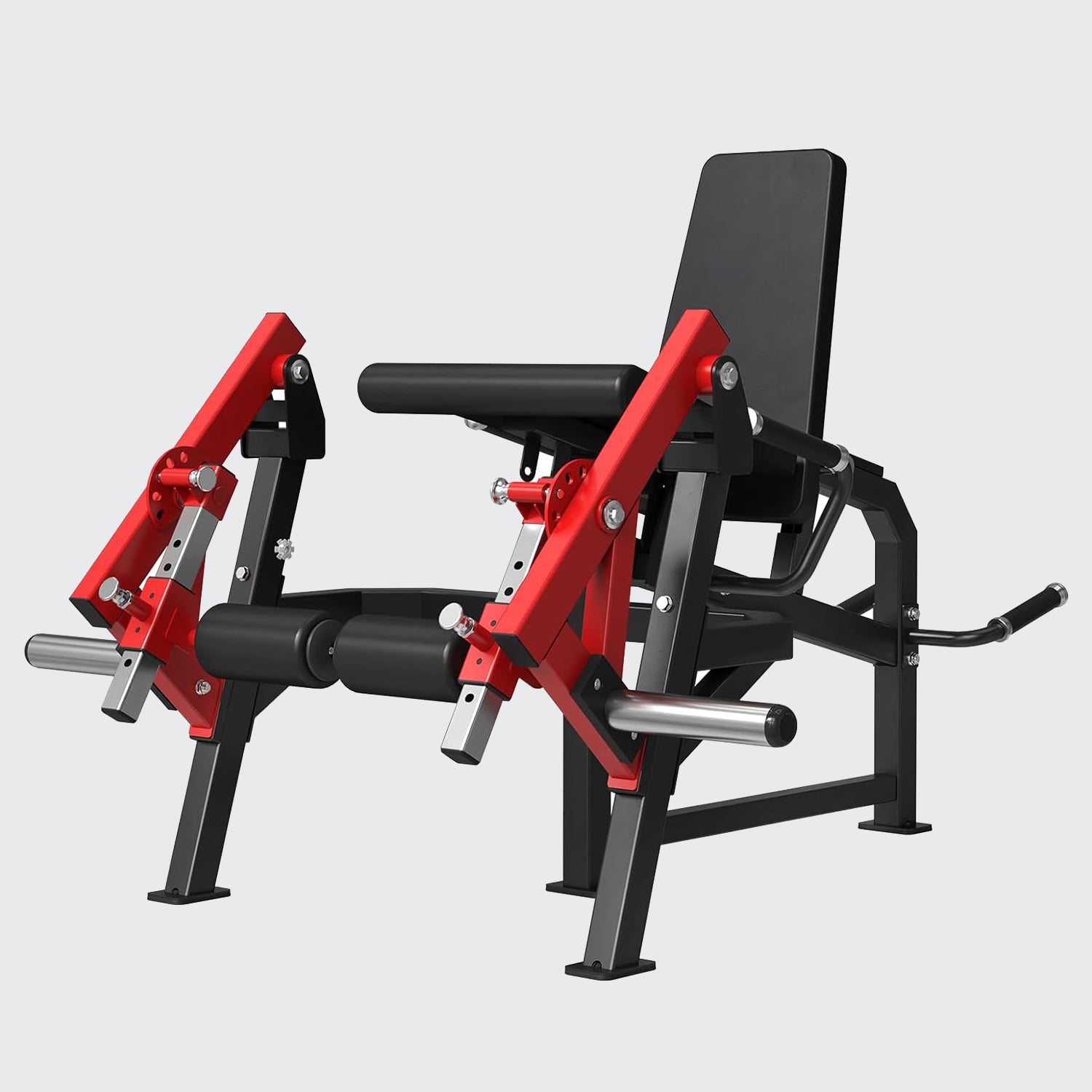
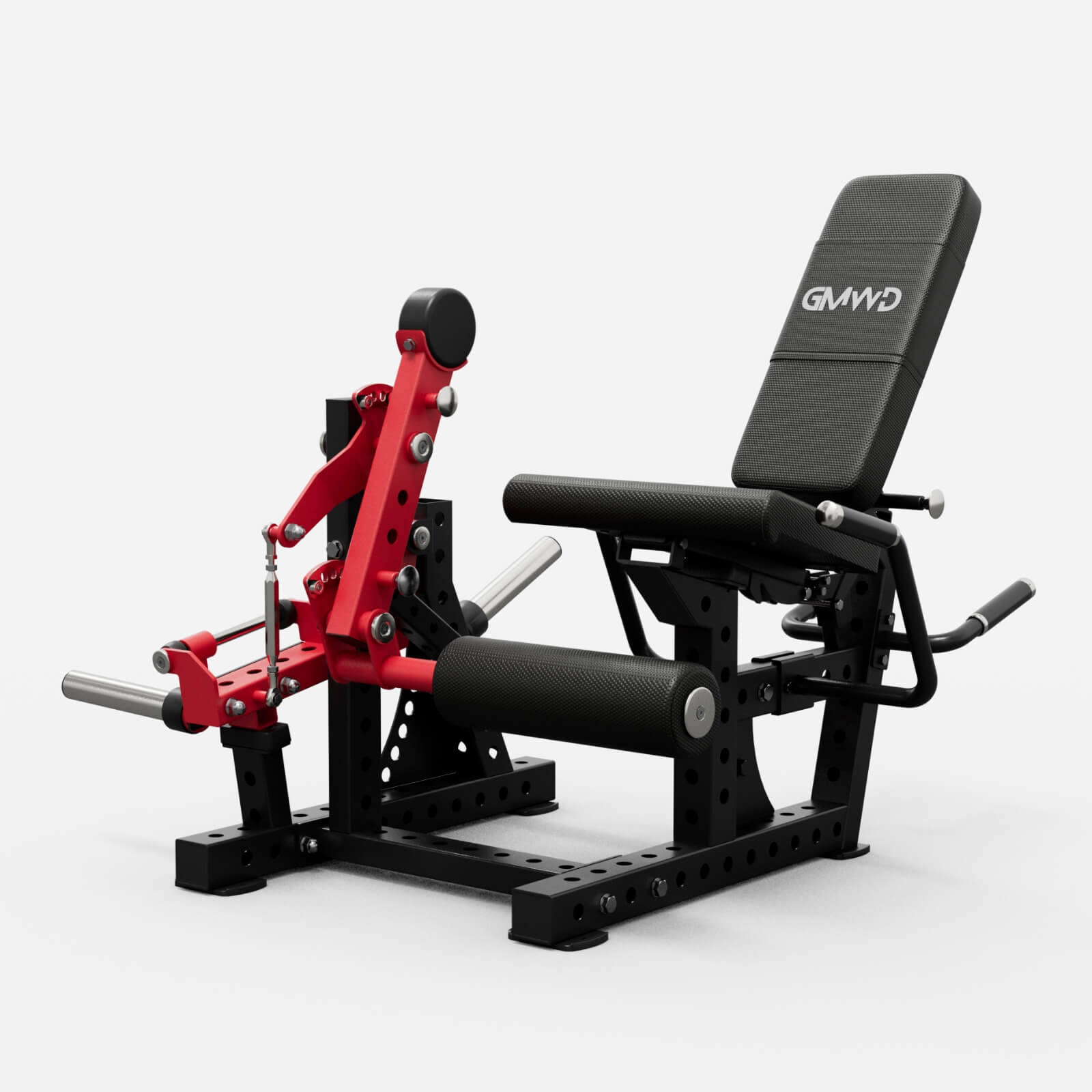
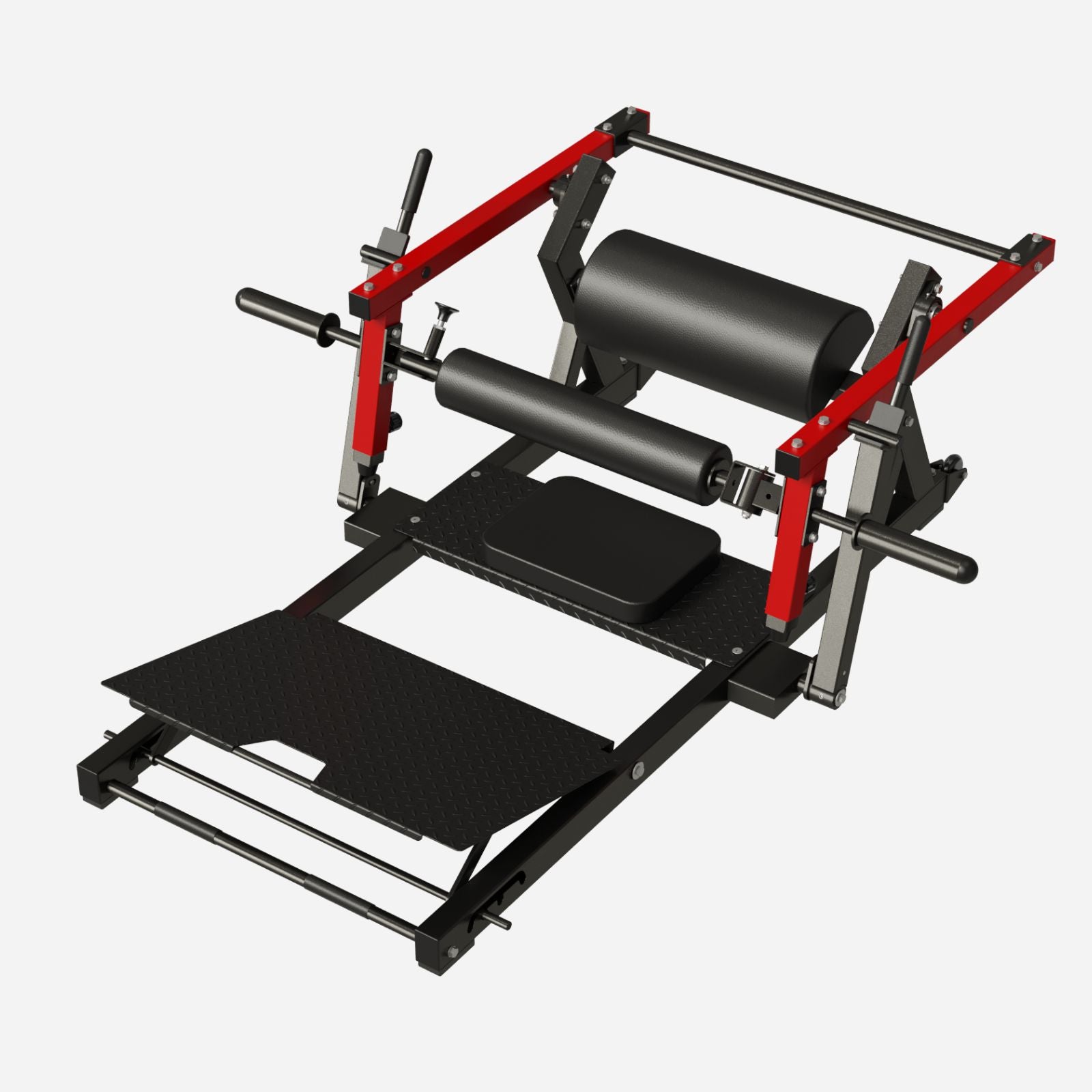

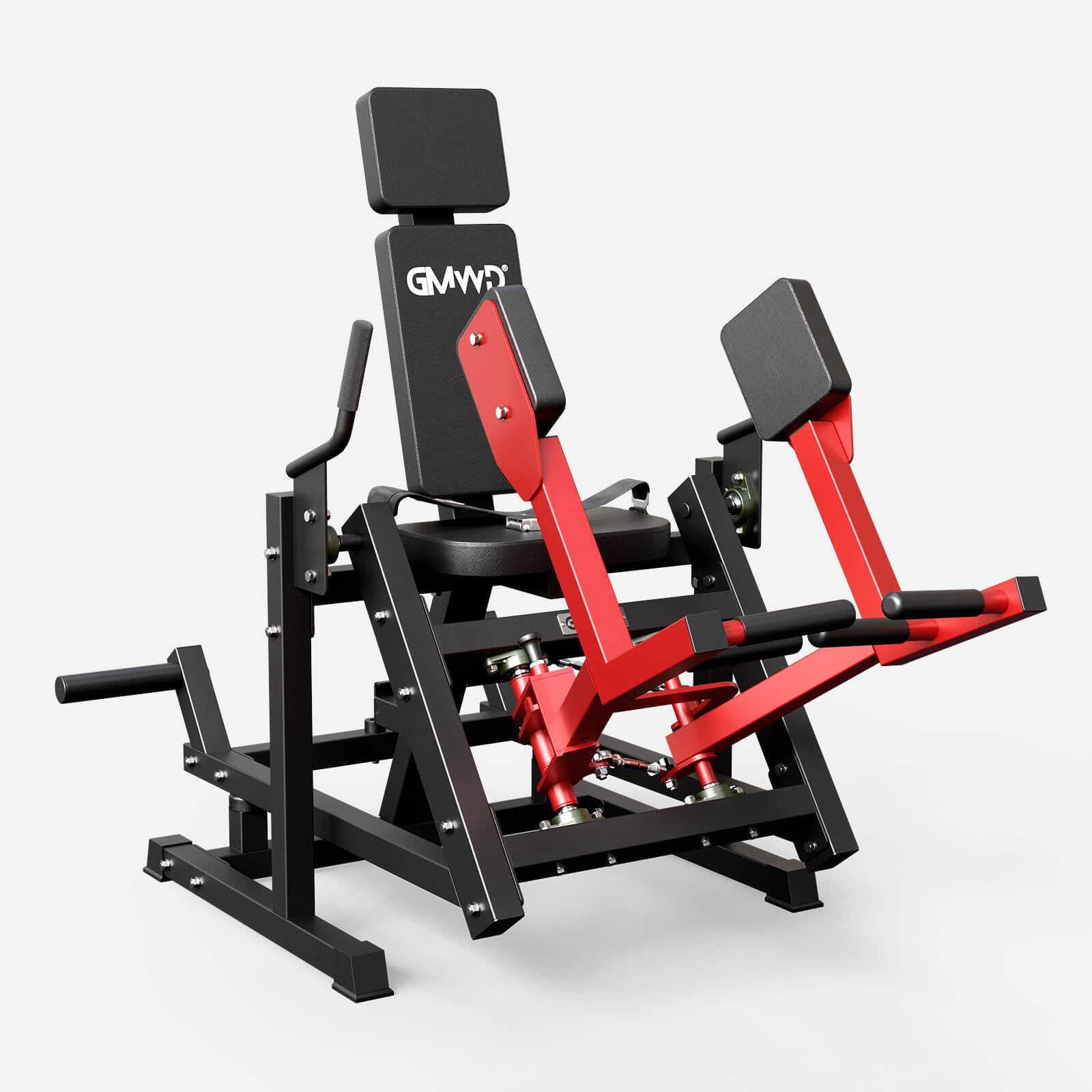
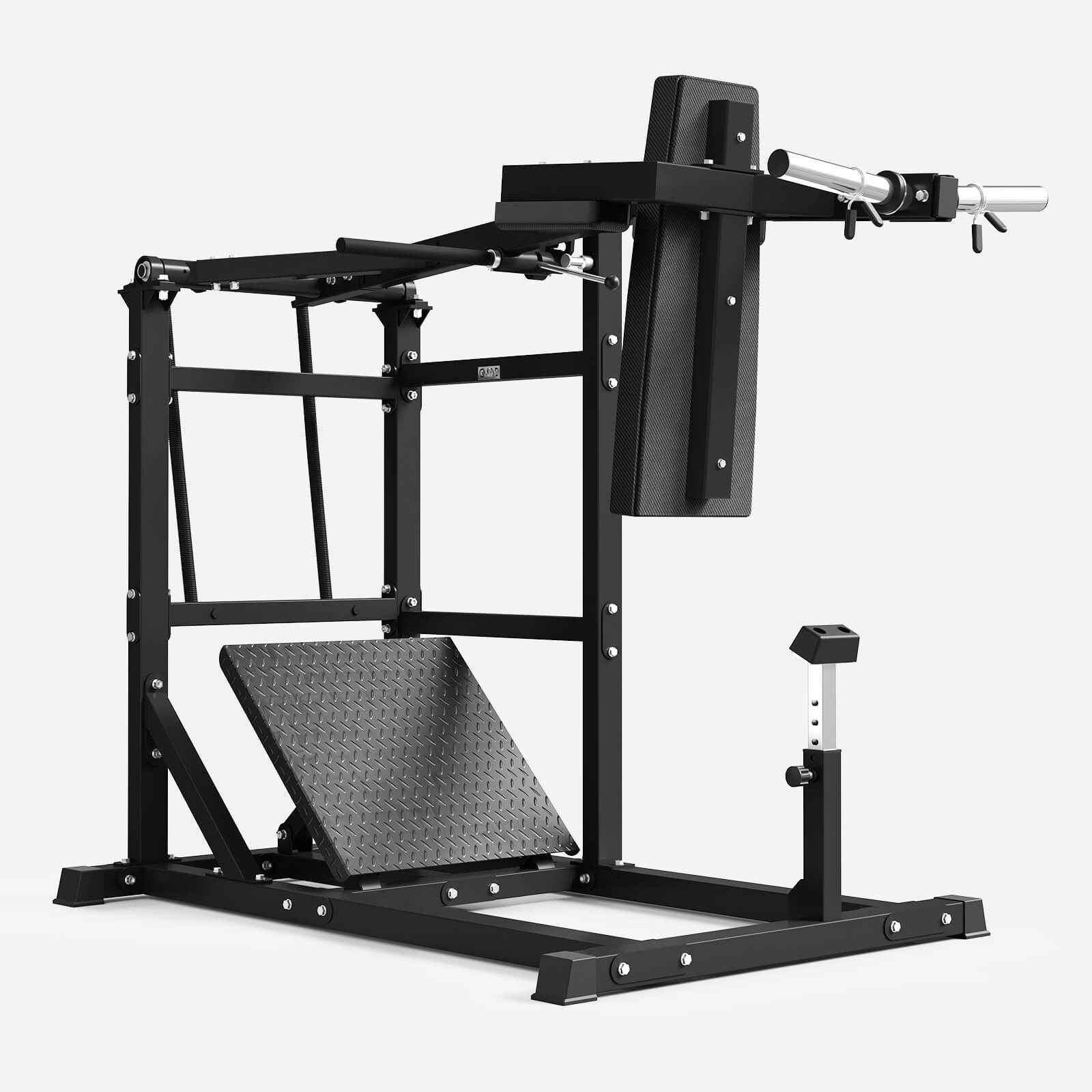
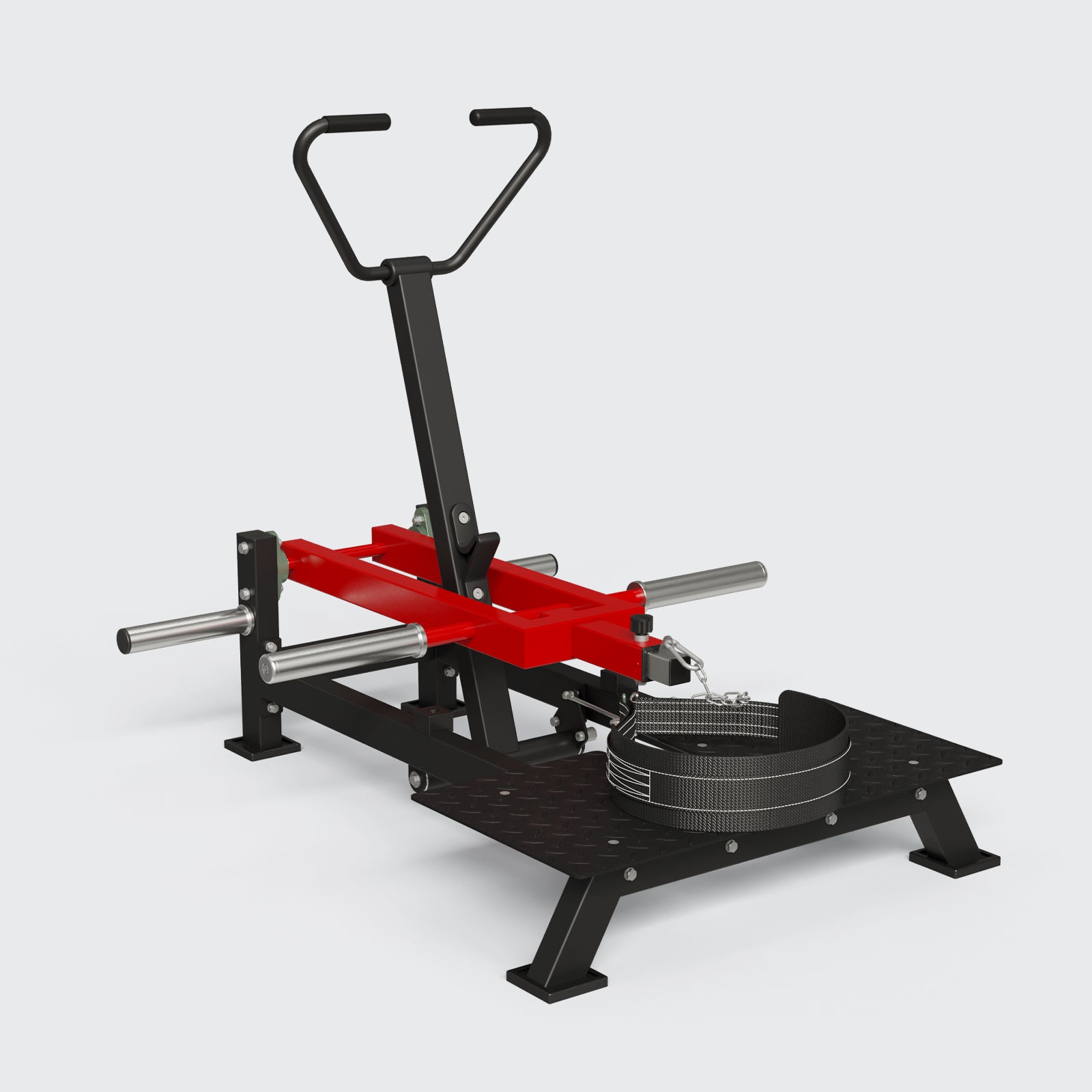
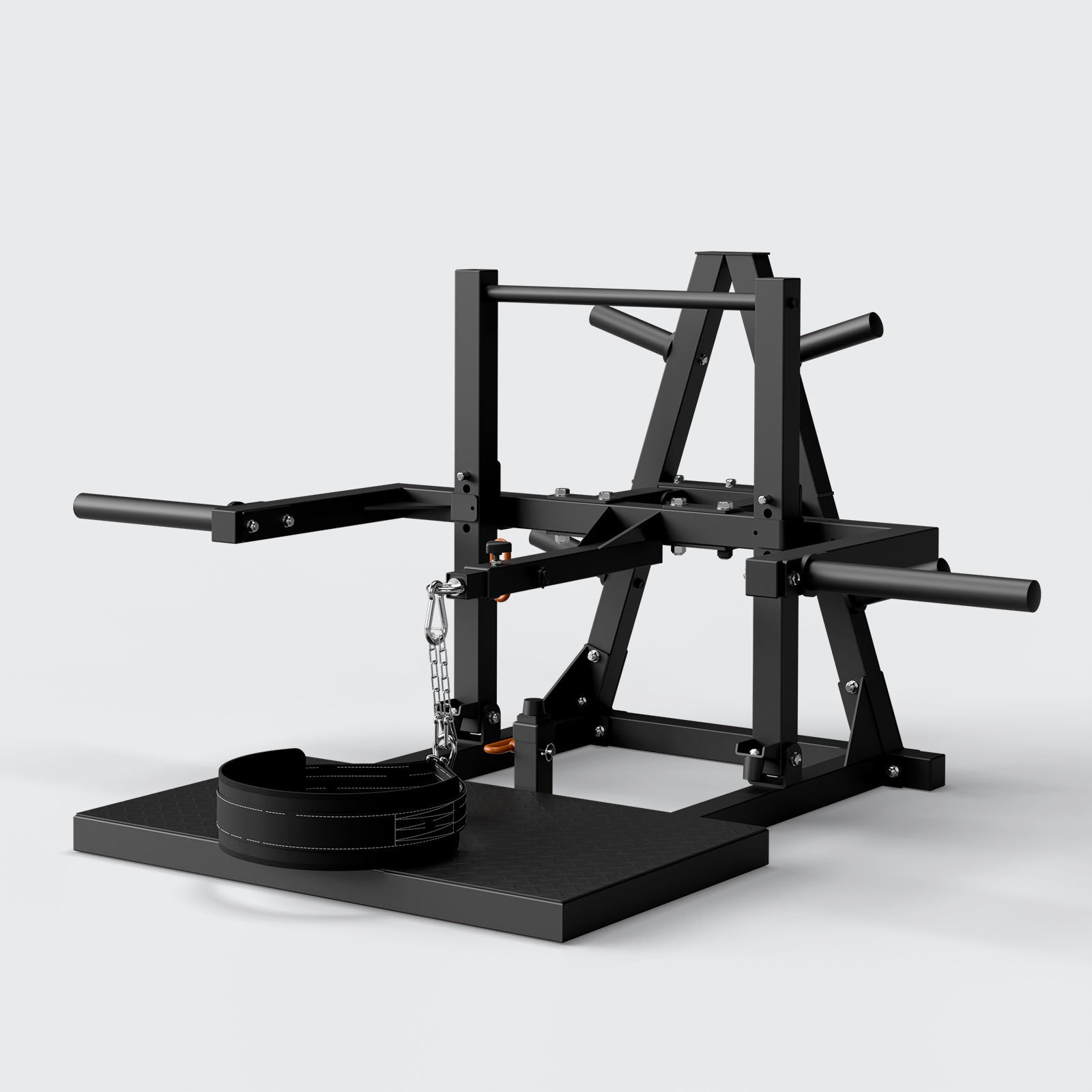

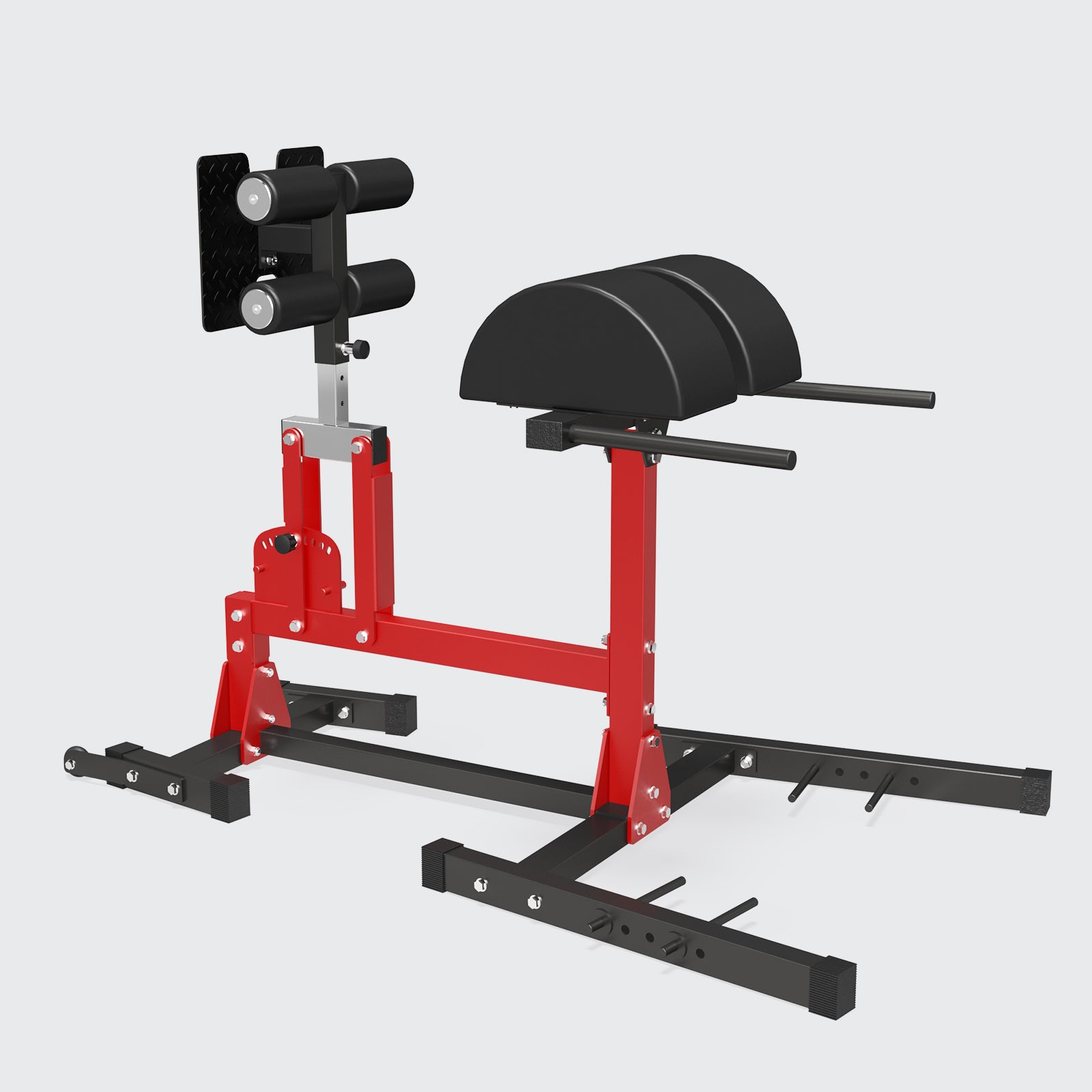
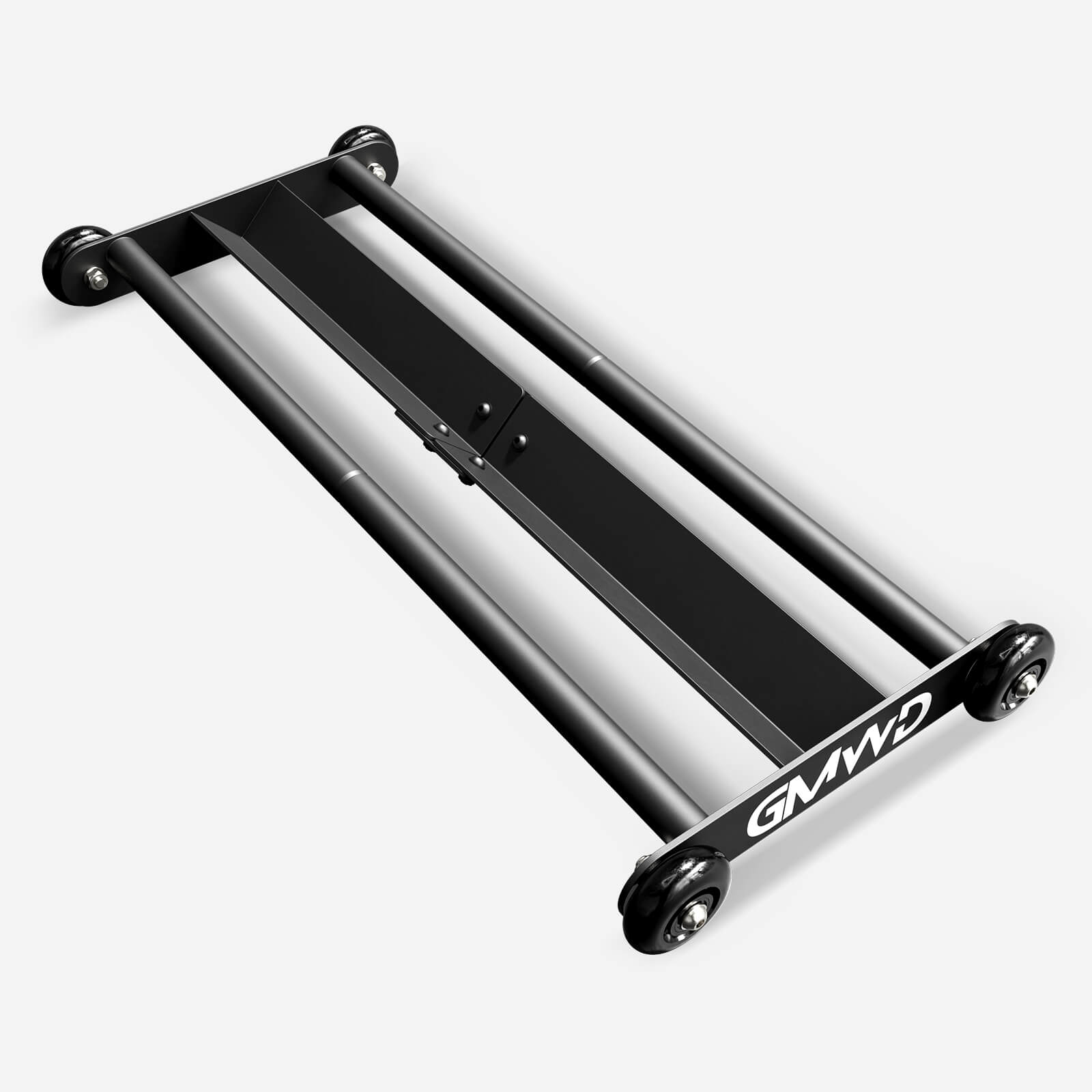
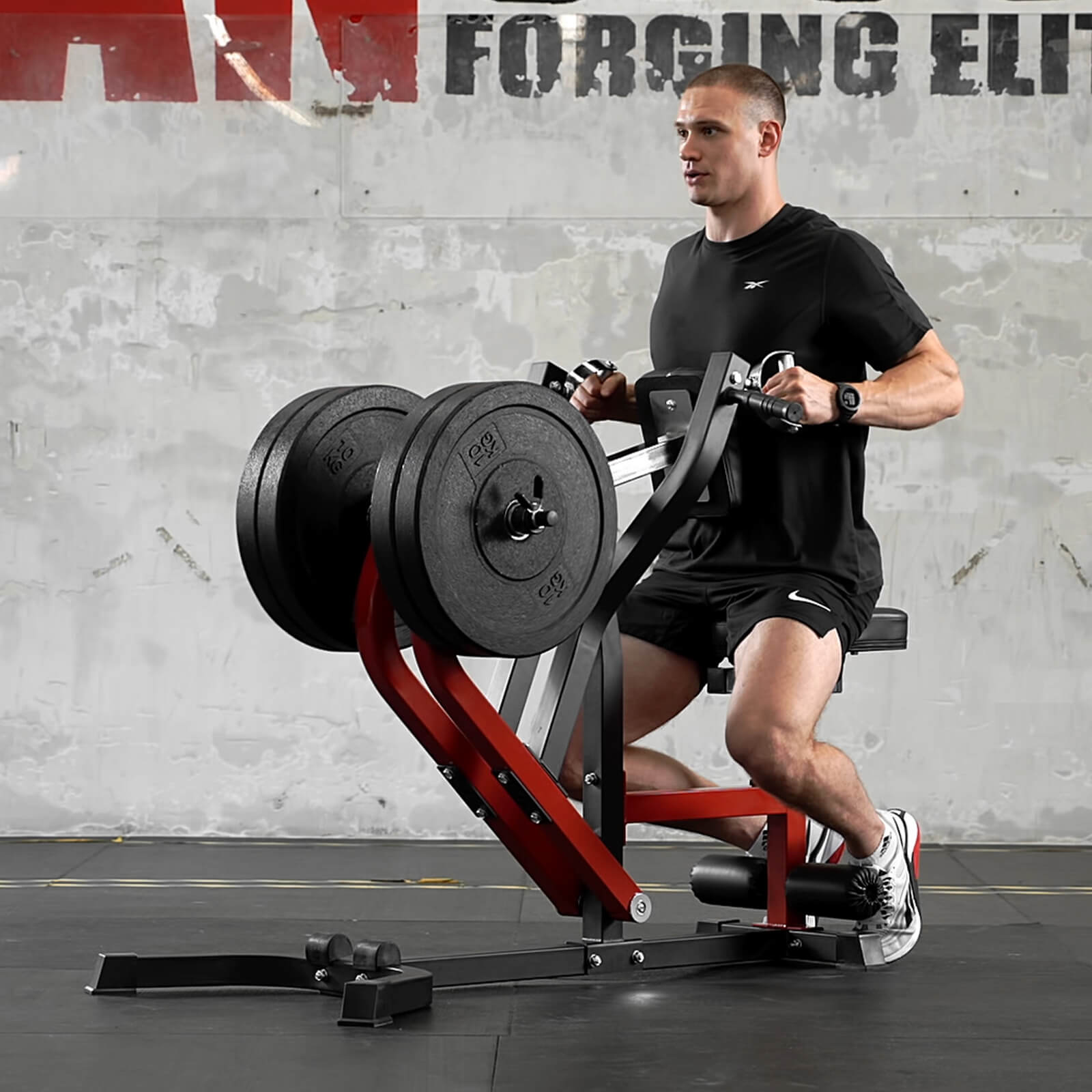
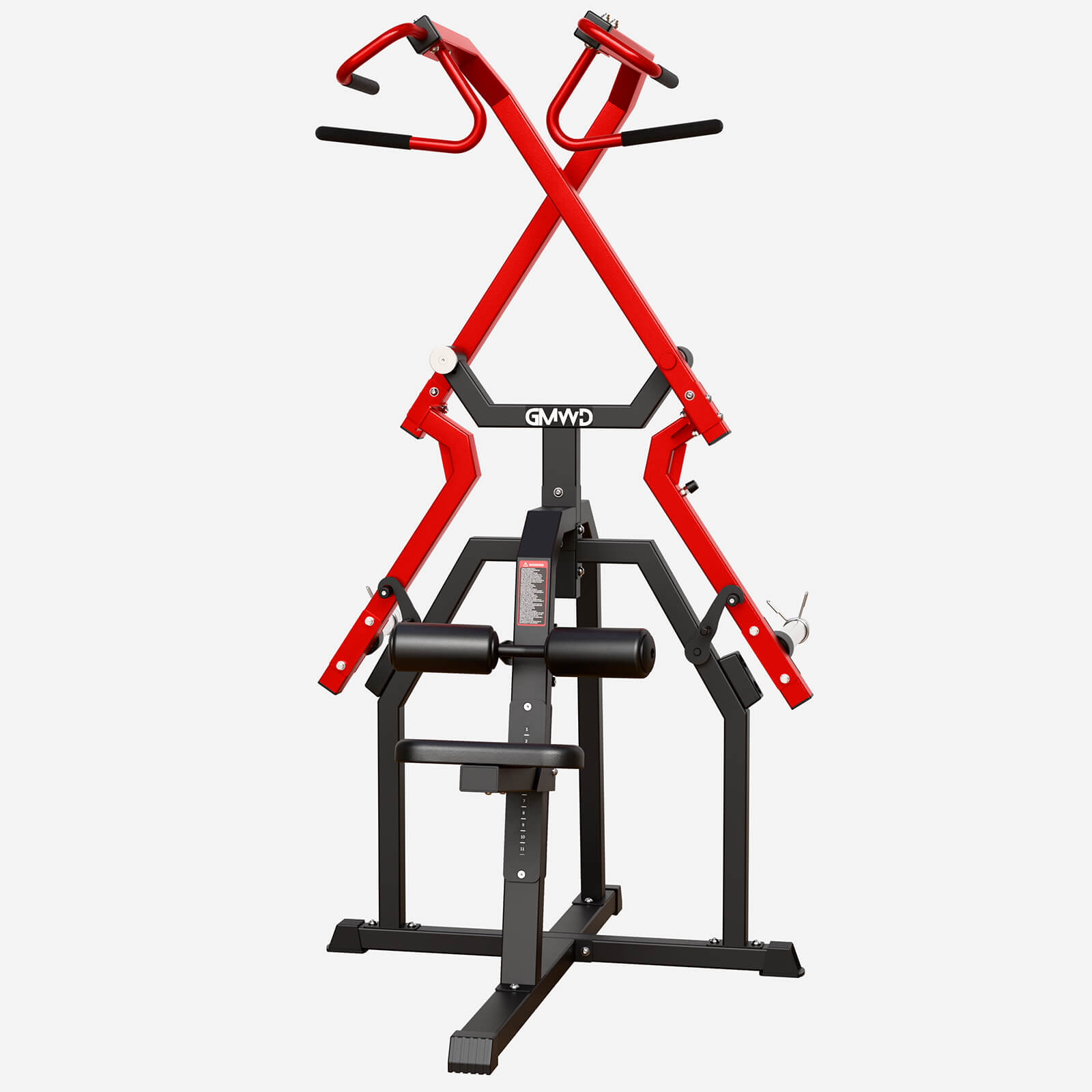
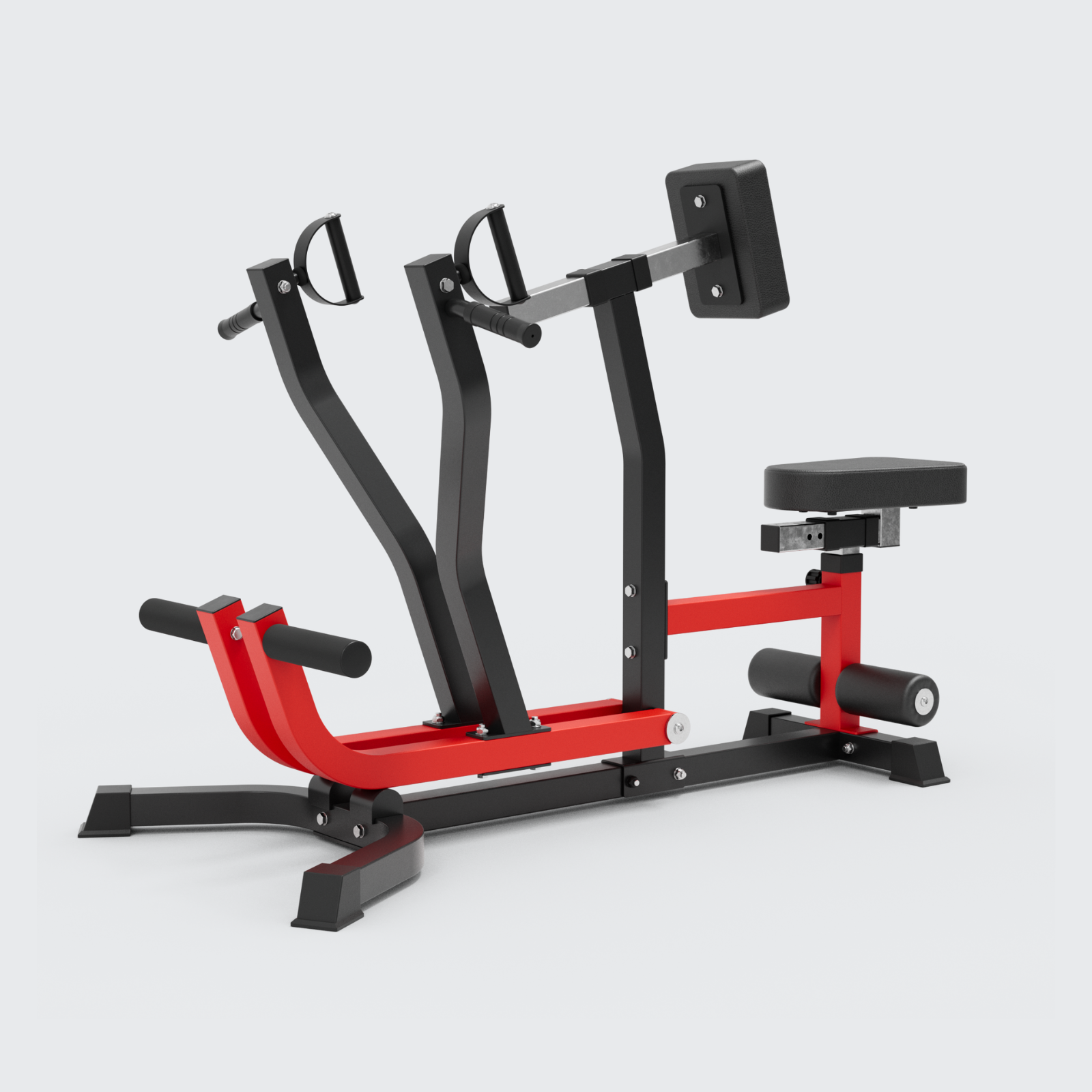
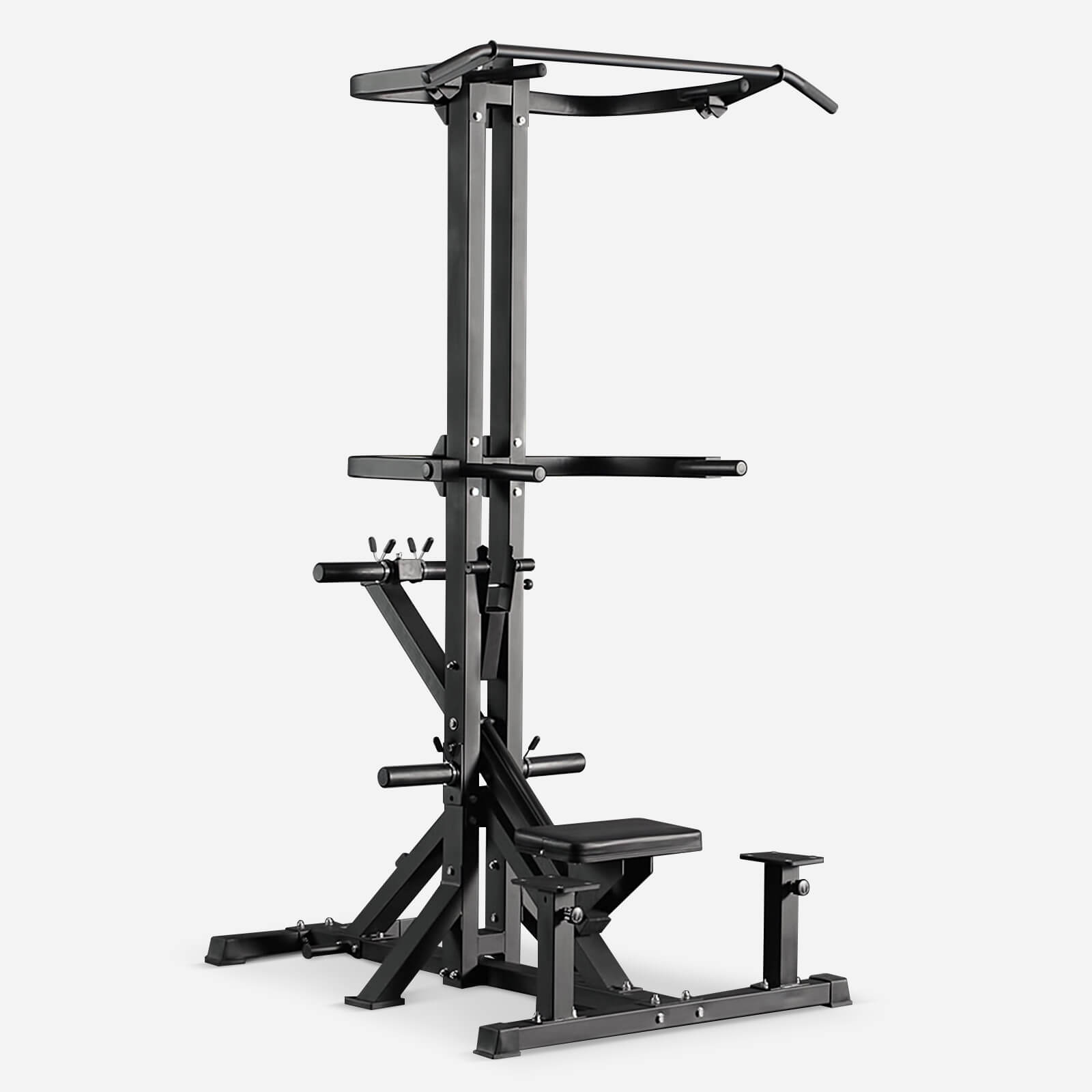


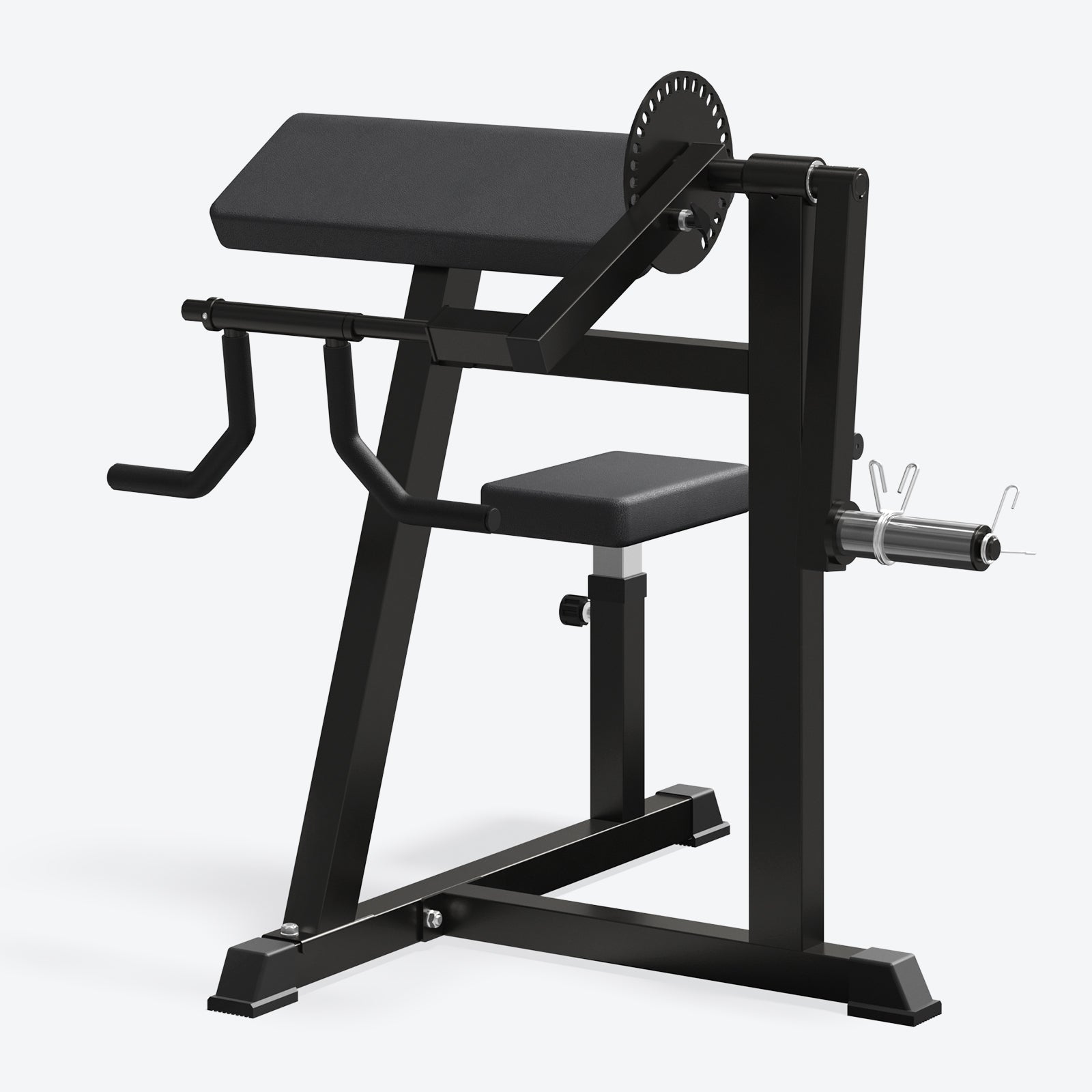
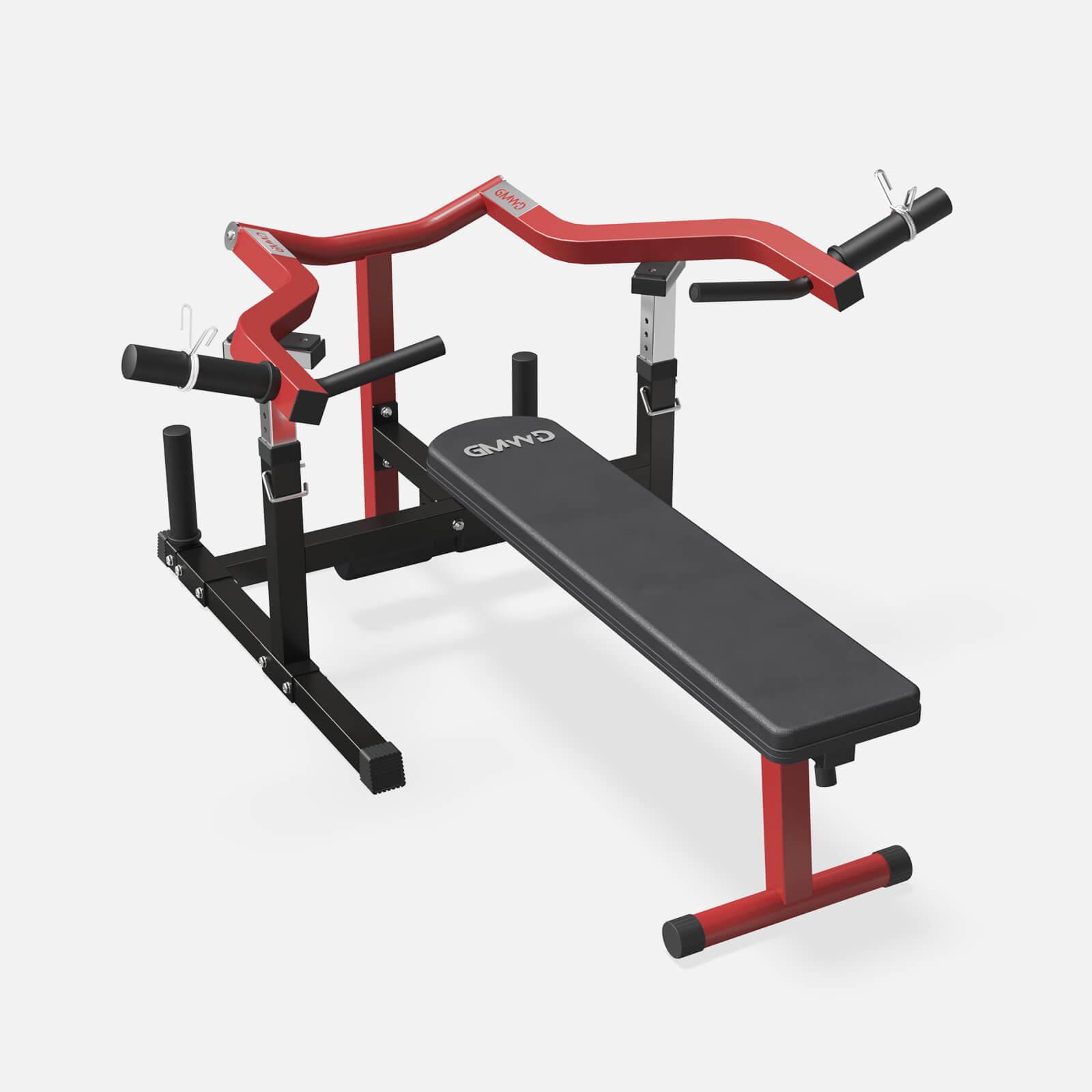
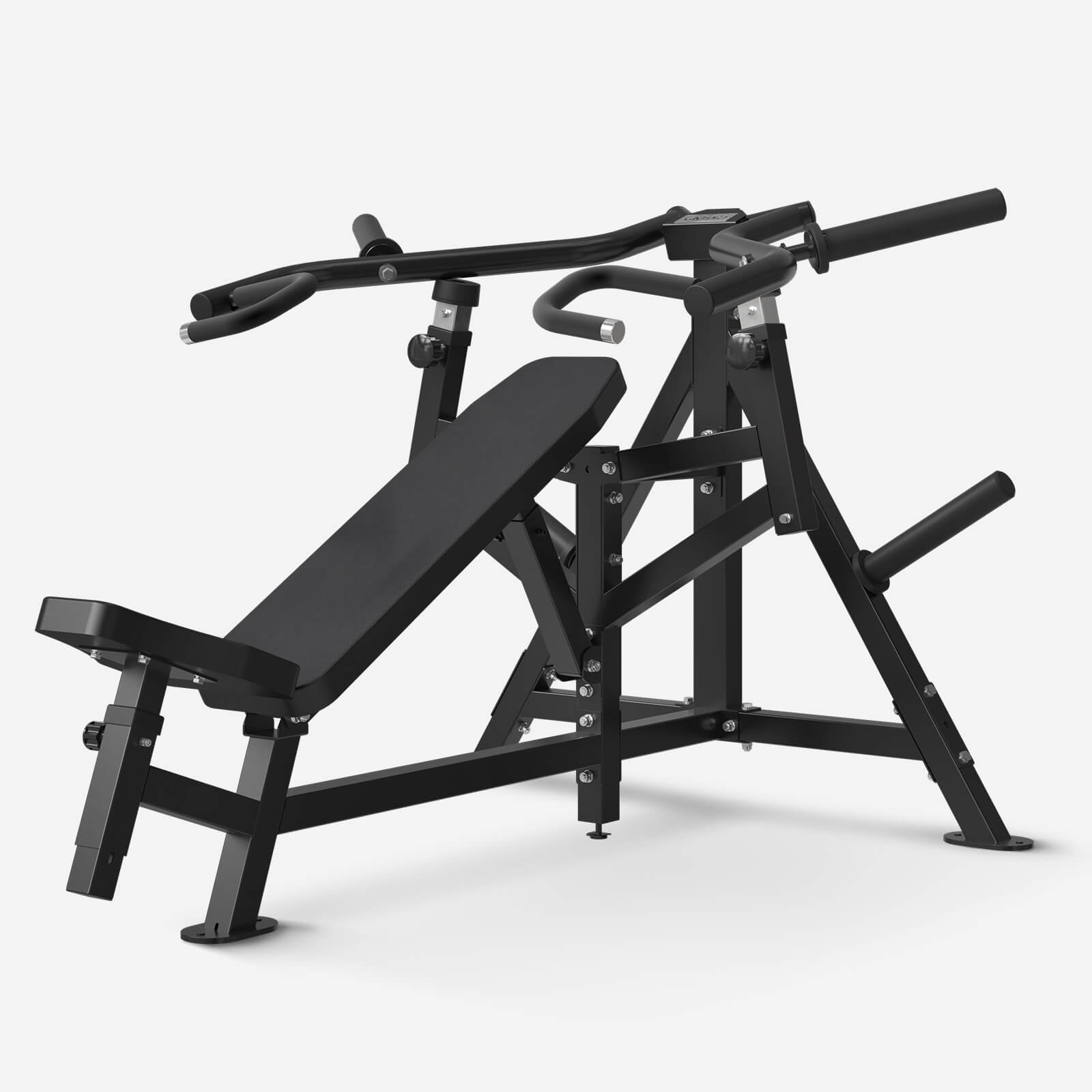
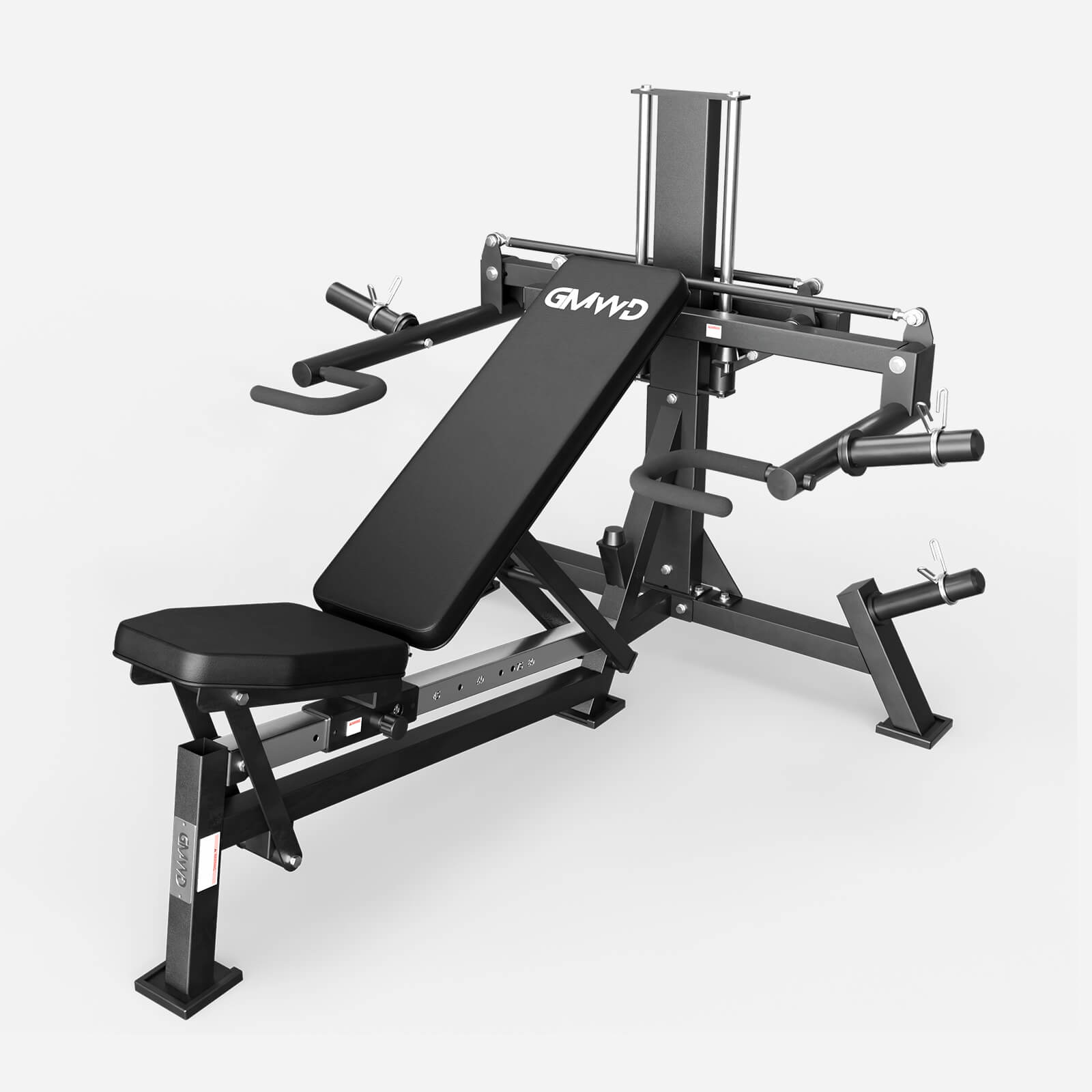
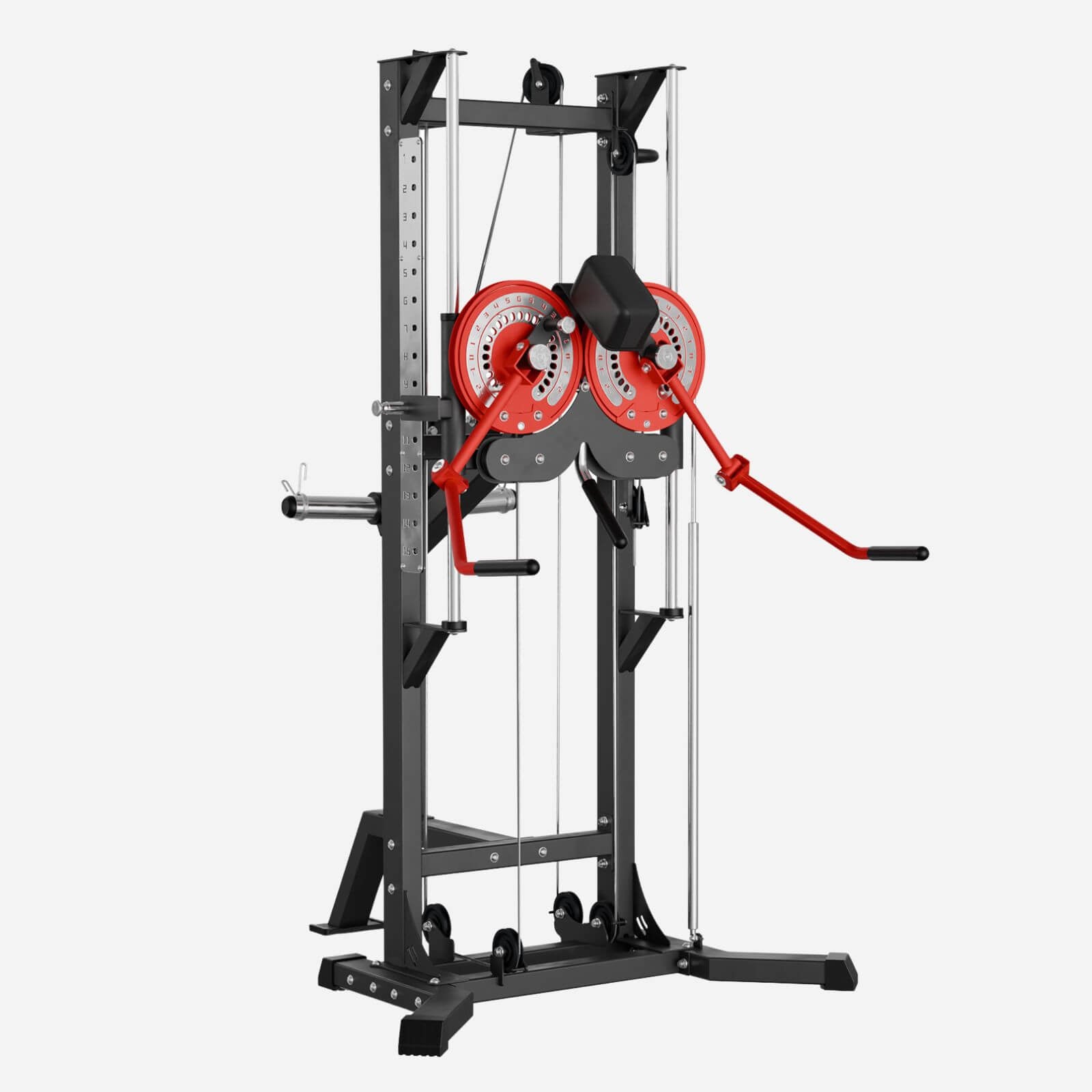
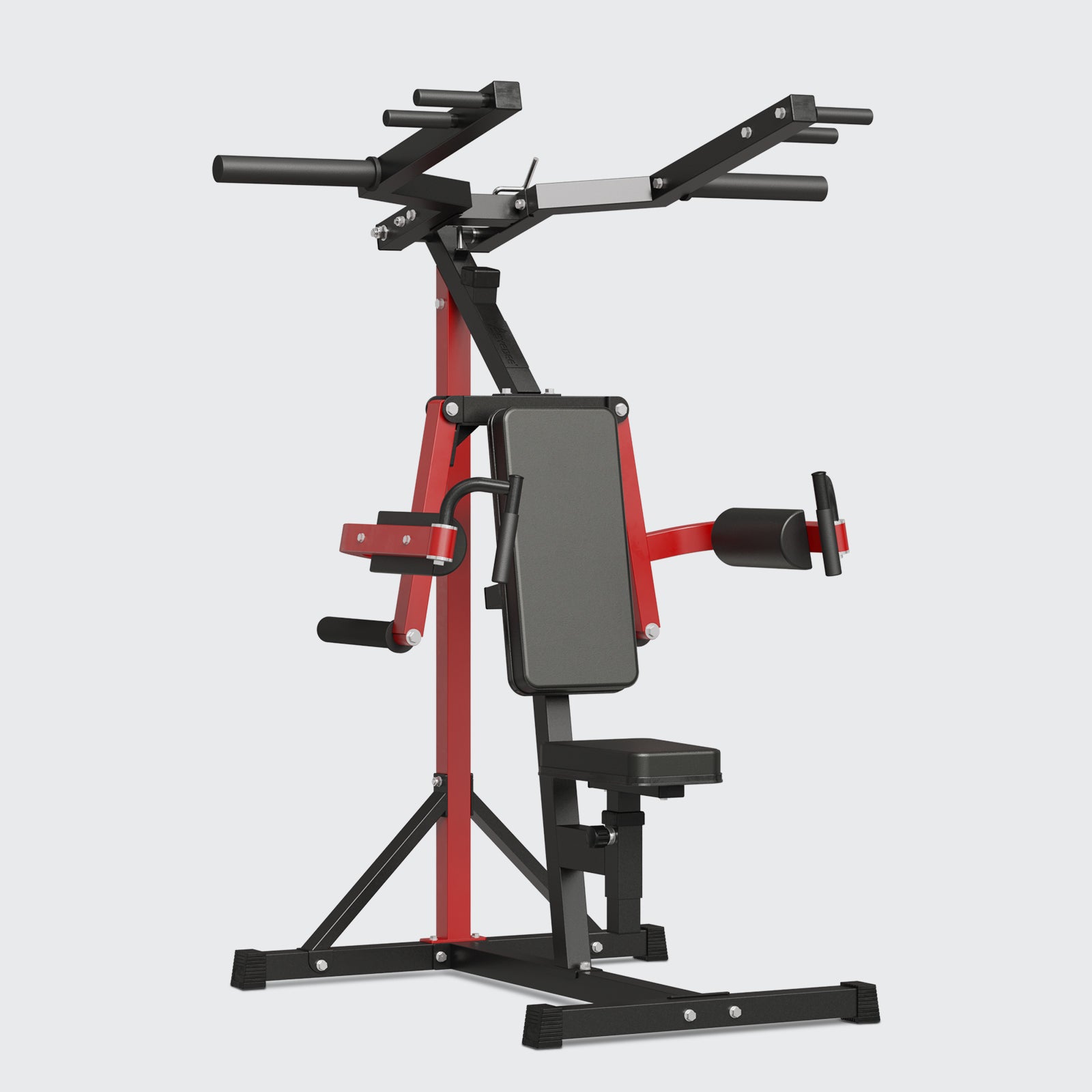
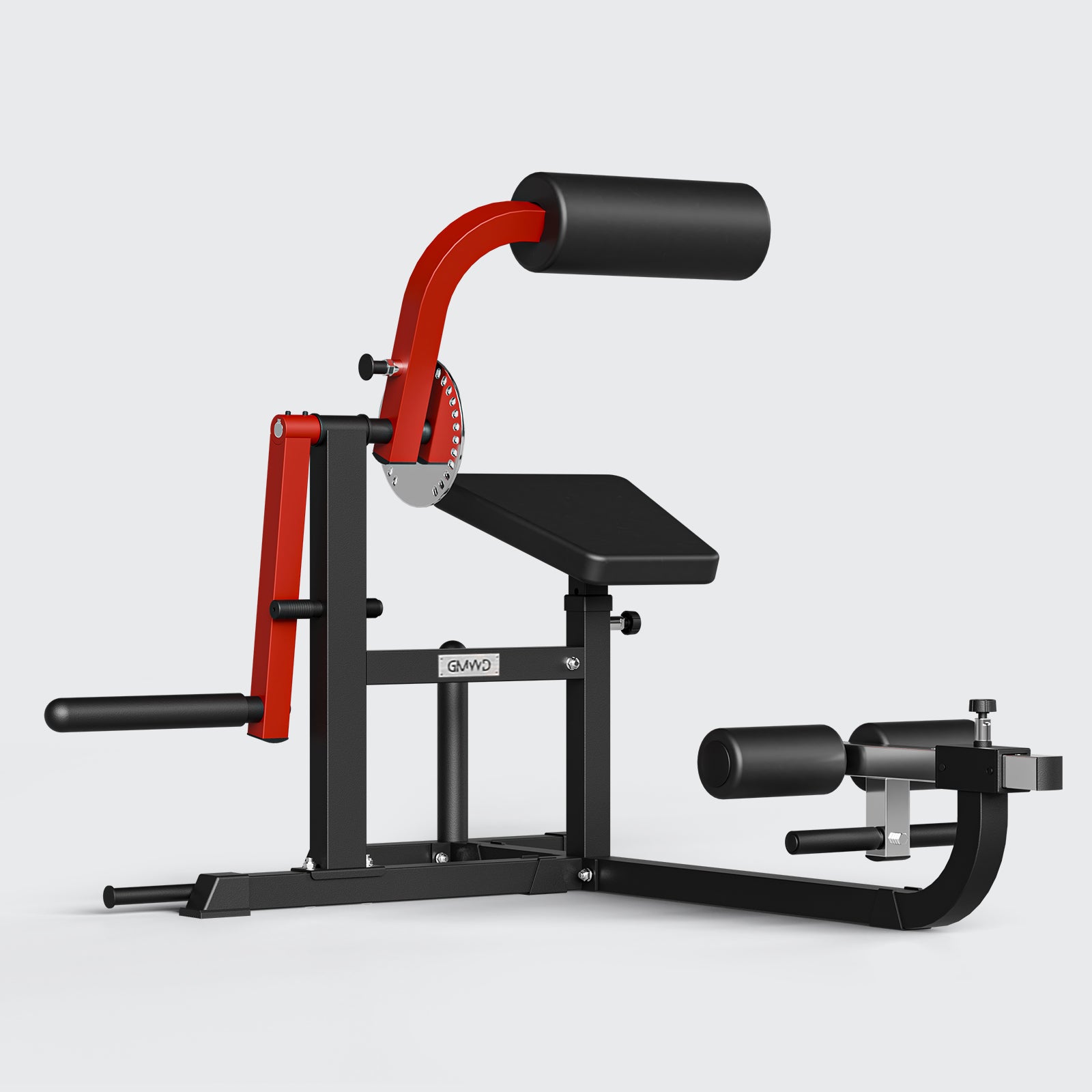
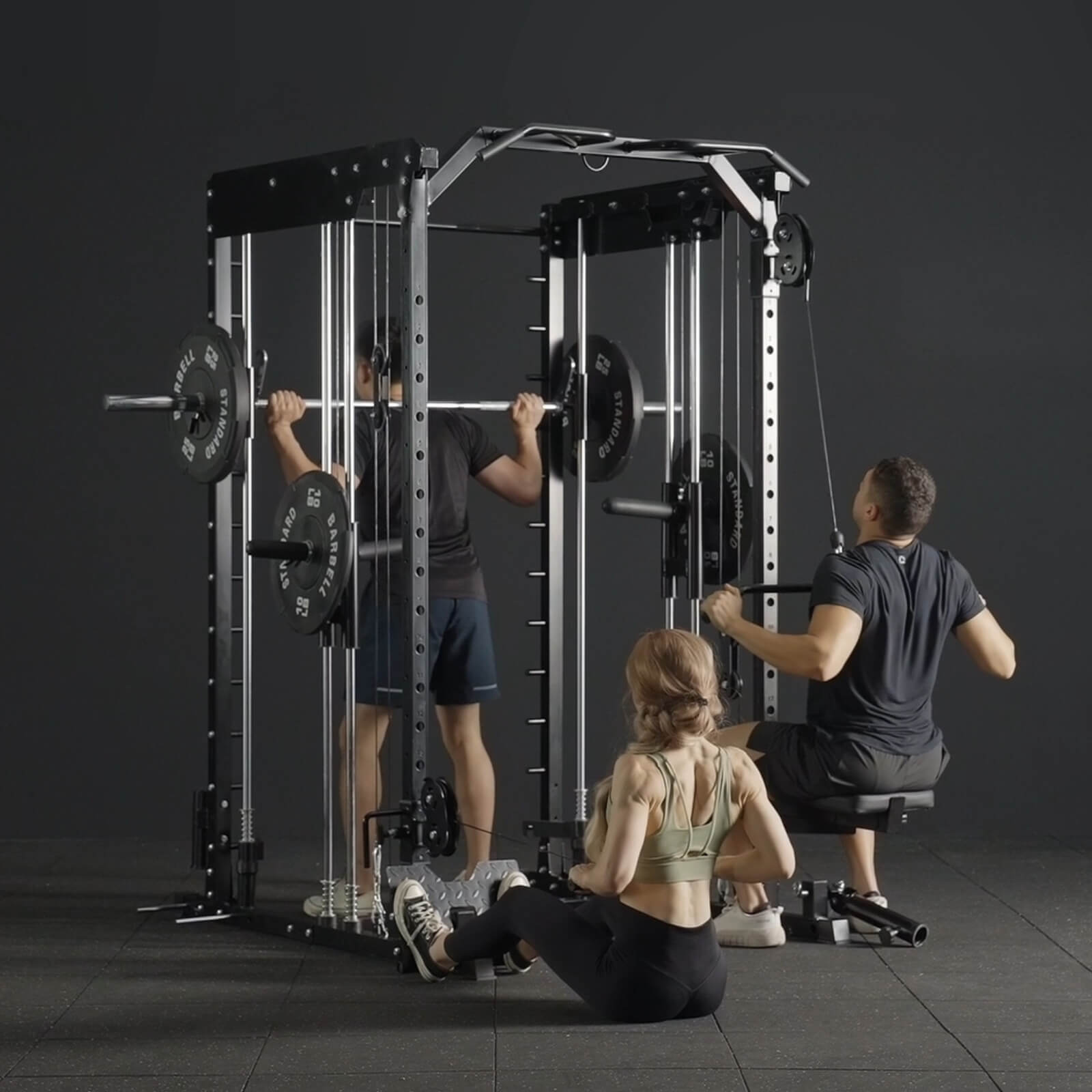
Leave a comment
All comments are moderated before being published.
This site is protected by hCaptcha and the hCaptcha Privacy Policy and Terms of Service apply.